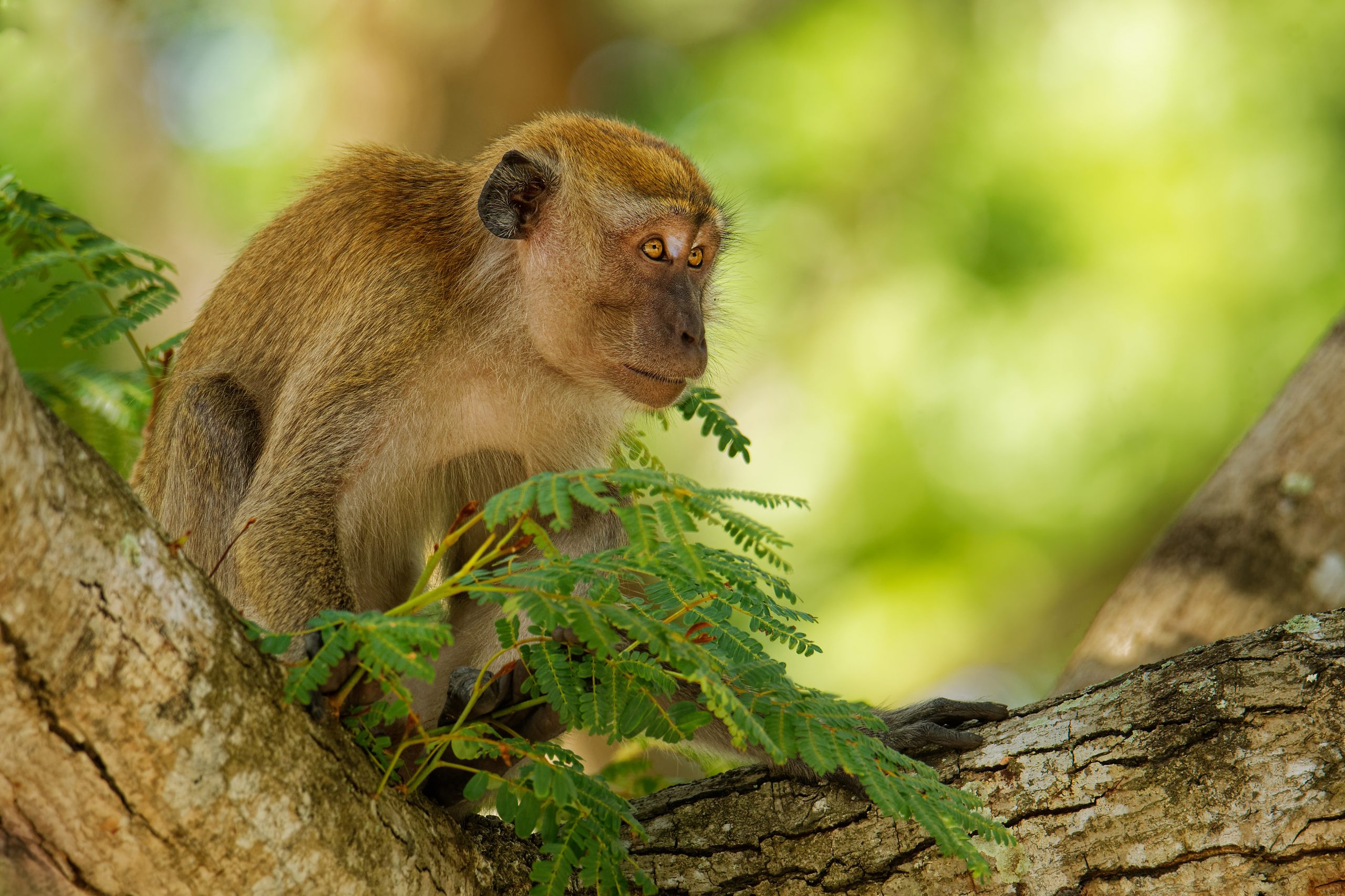News
Study scopes potential of global wildlife trade to harbour zoonotic disease

News | Nov 2022
Researchers have conducted initial studies scoping the potential for some of the most important zoonotic diseases to make the jump into humans as a result of the legal and illegal wildlife trade.
Scientists from UNEP-WCMC and the UK Government’s Joint Nature Conservation Committee reviewed the best available scientific datasets and studies and cross-checked with trade data to find out how much of the global wildlife trade was potentially linked to diseases categorised as “R&D Blueprint diseases” by the World Health Organisation (WHO).
Their recent findings have been submitted for general discussion – outside of the official negotiation agenda – among delegates attending the current meeting of Parties to the Convention on International Trade in Endangered Species of Wild Fauna and Flora (CITES), now taking place in Panama.
The WHO R&D Blueprint diseases are zoonoses – with the known or projected ability to jump from animals to humans – and have priority because of their potential for epidemic spread and lack of vaccines, treatments or large-scale medical treatment capacity.
The researchers found that more than 575,000 live animals traded under the CITES convention between 2011-2020 were of species that could potentially be carriers of one or more of 10 of the most serious zoonotic diseases – ranging from Rift Valley fever to Crimean-Congo haemorrhagic fever and Ebola.
Legally traded species with direct links to a priority disease included 26 species of primate and three species of big cat, and a large number of bat species.
The researchers also widened their scope from species that have been sampled and found to carry the major WHO listed zoonoses to look at wider animal families, to gauge the broader potential for zoonotic circulation and risk in closely related groups.
They discovered that over the same study period of 2011-2020, the trade in animals from priority “disease-associated” CITES-listed families involved at least 1.12 million individual animals - potentially representing a substantial risk for disease spillover into humans.
The team also reviewed data on illegally traded animals and found 33 species known to be traded illegally around the world – mostly comprising primates – have direct links with WHO R&D Blueprint diseases.
In their briefing document to CITES conference delegates, the researchers conclude with recommendations for global bodies on animal trade and One Health – including CITES, the WHO and the World Organisation for Animal Health – to work together on a comprehensive central database of direct and indirect zoonoses links in animal species so that zoonotic spillover risk can be better understood, monitored and ultimately prevented.
Our research is precautionary and comes with caveats. However, it clearly demonstrates the potential for wildlife trade to play a role in zoonotic disease spread.
Ciara Stafford, UNEP-WCMC Nature Conserved Programme Officer and report co-author
Given our incomplete understanding of how zoonotic diseases are distributed throughout the animal kingdom, and the regular emergence of new zoonotic diseases, improved surveillance and collation of data on animal-disease associations would help to more accurately gauge the risk that the international wildlife trade poses to human health.
Have a query?
Contact us
communications@unep-wcmc.org
